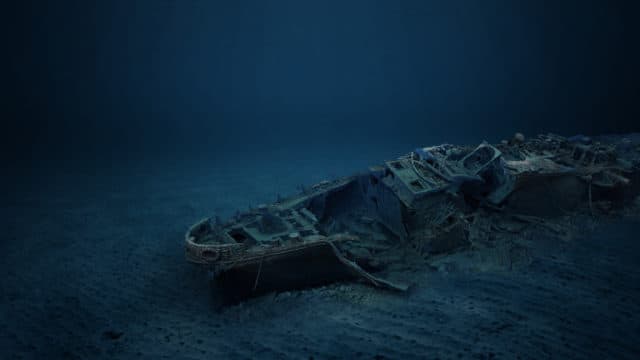Shipwrecks & the law
The systematic underwater archaeological surveys that have been organised around Malta and Gozo have revealed a plethora of underwater archaeological sites. These range from a 2,700-year-old Phoenician Shipwreck, Roman and Early Modern Shipwrecks, dozens of aircraft crash sites, to submarines and battleships from both World Wars. The need for a controlled monitoring of these sites and appropriate heritage legislation was identified in the early 1960s. However, underwater cultural heritage was not obviously protected and managed until recently, with Act No. XIX of 2019, which made amends to the 2002 Cultural Heritage Act and included any cultural remains over 50 years old on the seabed as part of Malta’s underwater cultural heritage.
The 2002 Act set up the Superintendence of Cultural Heritage as the regulator of cultural heritage, and Heritage Malta as the operator. The addition of underwater cultural heritage in the Act, saw these same agencies take over the roles of regulator and operator. However, the recognition of responsibility towards properly managing and protecting underwater cultural heritage, resulted in the decision to create a platform for the protection, valorisation, management and public outreach of the archipelagos rich and diverse variety of underwater sites. This platform took shape in the form of the Underwater Cultural Heritage Unit (UCHU) within Heritage Malta, which in tandem with Superintendence of Cultural Heritage has been tasked with identifying a number of underwater sites so that these may be properly documented, managed and protected. The main aims behind the setting up of this platform were to properly protect and manage access to Malta’s underwater cultural heritage since in previous years, divers could (illicitly) access any historic wreck site without any form of monitoring. In addition, public outreach was identified as another important element to be included as part of what UCHU does, particularly since it is difficult to instil a sense of cultural awareness for sites that are not immediately accessible for the majority of the public.
A number of rules and regulations for diving on protected underwater sites have been introduced, which include directives for dive boat operators, dive leaders and divers, as listed below.
Directives for dive boat operators
- Do not anchor on historic wrecks
- Use moorings wherever possible
- If wreck is unmarked, locate using a depth sounder
- Drop the anchor upwind, or up-current, of the wreck site and lay back on the anchor line until the boat is over the wreck
Directives for dive leaders
- Respect measures that protect sites
- Do not tie marker buoys or access lines directly to the wreck site
- Keep diving groups small
- Follow up and observe the group at any time throughout the dive
- Be a role model
- Strictly respect the rules of no contact and no penetration of the wreck
- Stay safe
Directives for divers
- Obey legal protection of protected underwater sites
- Do not penetrate the wreck, observe from the outside
- Look but don’t touch
- Avoid touching and disturbing any marine flora or fauna
- Ensure that all diving equipment — such as gauges and regulators — are firmly secured and not dragging
- Be aware of your fins
- Exercise proper buoyancy control
- Avoid contact with the wreck when taking photographs or filming video
- Stay safe
























